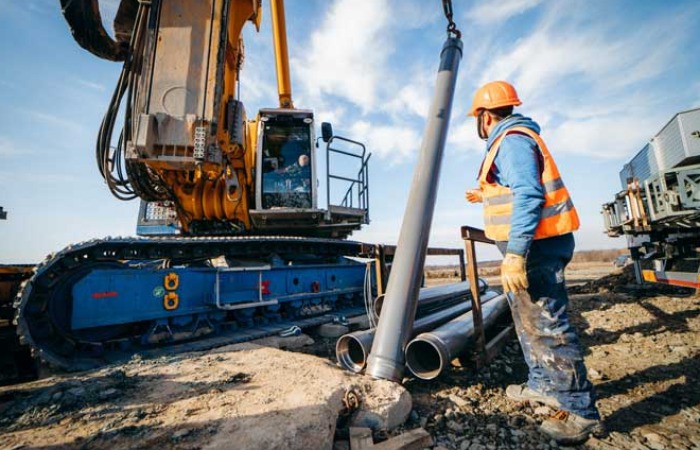
Revolutionising Construction
Construction equipment, ranging from excavators to cranes, represents a significant investment for companies. Ensuring these assets are used optimally is crucial to maximising productivity and minimising costs. Effective monitoring systems can drastically reduce idle time and enhance utilisation rates. By tracking equipment usage and performance metrics, project managers can make informed decisions that streamline operations.
Real-time data and decision-making
In the dynamic environment of construction, access to real-time data is paramount. Modern monitoring technology allows project managers to track the status of tasks, monitor resource utilisation, and identify potential bottlenecks before they escalate into major delays. Cloud-based platforms and data analytics tools facilitate quick, data-driven decision-making. For instance, if equipment is underutilised at a site, managers can redeploy it to where it is needed most, improving overall project timelines.
One of the most significant advancements in construction monitoring is the ability to remotely oversee job sites. Utilising sensors, drones, and IoT devices, project managers can monitor parameters such as temperature, humidity, vibration, and structural stability in real time. This capability enhances safety by allowing for the early identification of potential hazards and enabling proactive maintenance strategies to prevent costly downtime. Furthermore, remote monitoring enhances project flexibility, allowing for adjustments in construction schedules and resource allocation without necessitating physical presence on-site.
Role of Telematics in CE Management
Telematics technology has revolutionised the management of construction equipment. Available for all prime pieces of machinery, telematics solutions allow construction firms to monitor various aspects of their equipment, including fuel levels, fault codes, and maintenance data.
Telematics systems provide numerous advantages for construction companies, such as:
Enhanced safety measures
Safety remains paramount in the construction industry. Monitoring technology is instrumental in enhancing safety measures on construction sites. Wearable devices equipped with biometric sensors can track workers’ health and alert supervisors to signs of fatigue or distress in real time. Proximity sensors and geofencing technology can also play a crucial role in preventing accidents by alerting workers when they enter hazardous areas or approach heavy machinery.
Ensuring the structural integrity of buildings and infrastructure is another critical aspect of construction monitoring. Advanced monitoring systems can continuously track parameters like structural vibrations, deflections, and settlement. By providing early warnings of potential structural issues, these systems allow for timely intervention and corrective measures. This proactive approach helps ensure that buildings and infrastructure meet the highest standards of safety and durability, safeguarding both workers and the general public.
Overcoming implementation challenges
While the benefits of monitoring and control systems are clear, implementing these technologies is not without challenges. Construction firms may encounter issues such as:
Conclusion
As the construction industry continues to evolve, the importance of monitoring and control systems will only grow. Embracing technological advancements will enable companies to deliver projects more efficiently, safely, and cost-effectively. The integration of AI and machine learning into monitoring systems is poised to further enhance predictive analytics capabilities, allowing for even more informed decision-making.
Monitoring technology is transforming the construction industry by providing real-time insights, enabling remote monitoring and control, enhancing safety measures, and ensuring structural integrity. As technology continues to advance, construction companies that leverage these tools will gain a competitive edge. By harnessing the power of data and analytics, the future of construction promises to be not only more efficient and safer but also more sustainable. The shift towards smarter construction practices is not just beneficial; it is essential for the continued growth and resilience of the industry.


 +91-22-24193000
+91-22-24193000 Subscriber@ASAPPinfoGlobal.com
Subscriber@ASAPPinfoGlobal.com